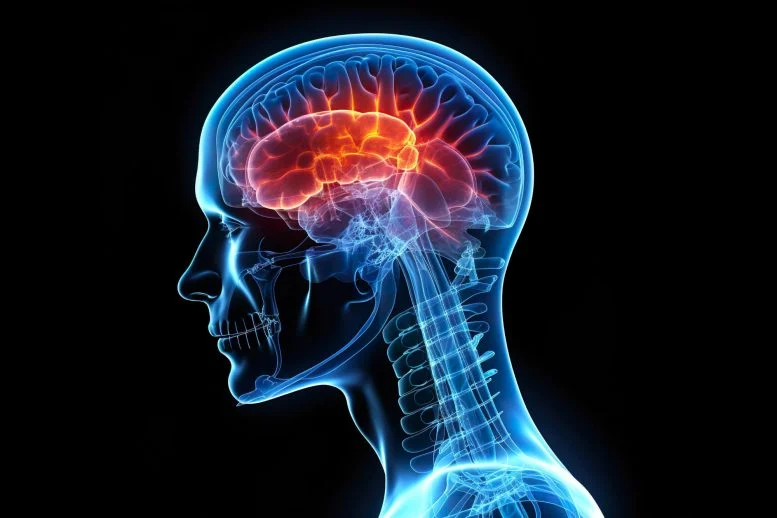Recent studies led by Dr. Van Overwalle shed light on the cerebellum’s significant role not only in motor functions but also in social and cognitive abilities. Traditionally associated with coordinating movement, the cerebellum’s contribution to emotional and behavioral processes has come to the forefront of neuroscience research.
People with cerebellar abnormalities often struggle with motor tasks, such as smoothly touching their nose with a finger. “These difficulties highlight the cerebellum’s essential role in refining motor movements,” explains Van Overwalle. However, his research goes beyond just understanding motor deficits.
In his findings, abnormalities in the cerebellum have been linked to various emotional and behavioral disorders. Notably, his work emphasizes the challenges faced by individuals with autism. Van Overwalle references recent research demonstrating that non-invasive brain stimulation techniques, such as magnetic stimulation, can enhance social task performance among these individuals. “We’ve seen improvements in the sequence of cognitive tasks in people with autism through magnetic stimulation,” he states.
The research team is currently testing more complex cognitive tasks to see if the positive effects can be further enhanced, with the ultimate goal of developing effective treatments for autism. A notable breakthrough in their work is the introduction of transcranial electrical stimulation (tES), a technique that is not only more affordable but also more accessible than traditional magnetic stimulation. While the effects of tES are still being assessed, Van Overwalle’s group is dedicated to its further development, recognizing its potential for widespread application in the future.
This groundbreaking research provides a fresh perspective on the cerebellum’s multifaceted role in the brain, opening avenues for new treatments for various psychiatric and neurological conditions, particularly autism spectrum disorders. “Our hope is to refine these techniques further to improve social and cognitive functions in people with autism,” concludes Van Overwalle.
As this research progresses, it could significantly impact the understanding and treatment of disorders traditionally viewed through a narrow lens, ultimately enhancing the quality of life for many individuals facing these challenges.











